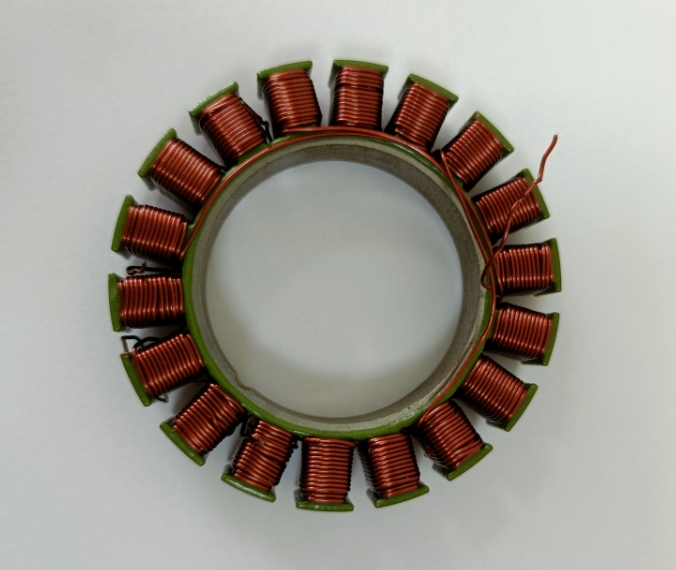The performance of brushless motors is closely related to the winding precision of the stator coils. Poor winding quality often requires high-precision winding machines to compensate. So, how can we effectively control the winding precision of brushless motor stator winding machines, and from which aspects should we improve precision? Let’s take a detailed look below.
1. The design and quality of the winding machine are the foundation of precision
The overall performance of the winding machine is the foundation for determining winding precision. The selection of materials and structural design must be strictly controlled. High-quality materials and a stable structure ensure the equipment remains stable during high-speed operation, preventing body vibration from affecting winding precision. As the “nerve center” of the winding machine, the precision of the servo motor and drive control system is critical. Different brands and models of servo motors vary in control precision, so high-precision products must be selected based on actual requirements. Additionally, the configuration of the machine's main components must not be overlooked; each component must meet precision standards to ensure the accuracy of the winding process from the source.
II. Precision control of molds and cores is a prerequisite for winding accuracy
Molds must be manufactured using precision lathes, with their accuracy strictly controlled within the permissible error range to ensure accurate positioning during winding. Core production must also be rigorously managed to ensure smooth and flat surfaces and corners, thereby preventing wire wear or breakage during wire feeding and winding, and providing the foundational conditions for high-quality winding.

III. Scientific winding schemes and precise adjustments are key to improving precision
Before formal winding, a reasonable winding scheme must be developed based on the specific parameters of the stator sample, including details such as wire feeding methods, to ensure the scheme fully meets the stator's winding requirements. The adjustment process significantly impacts final precision, requiring technicians with extensive experience to perform meticulous adjustments, enabling the machine to achieve high-precision and high-stability operation, thereby ensuring winding quality.
IV. Precise tension control is a critical guarantee for winding quality
The quality of the tensioner must meet standards. Additionally, based on the characteristics of the wire material and winding requirements, the tension level must be adjusted to an appropriate range to prevent issues such as wire breakage or loose wires. During actual winding operations, the wire tension must be adjusted in real-time according to specific conditions to ensure that each coil of wire is tightly and uniformly wound around the stator.
5. Control of other influencing factors must not be overlooked
The working environment of the winding machine must be kept clean and dry, with temperature and humidity controlled within appropriate ranges to prevent environmental factors from adversely affecting equipment performance and wire quality. Additionally, the quality of the wire itself is critical; stable-quality, high-performance wire should be selected to minimize winding precision deviations caused by wire issues from the source.
In summary, to effectively control and improve the winding accuracy of brushless motor stator winding machines, efforts must be made across multiple dimensions, including the equipment itself, mold cores, scheme debugging, tension control, and environmental wire materials. Through comprehensive optimization and control, the stringent requirements for high accuracy in motor manufacturing can be met, providing a solid foundation for the excellent performance of brushless motors.









